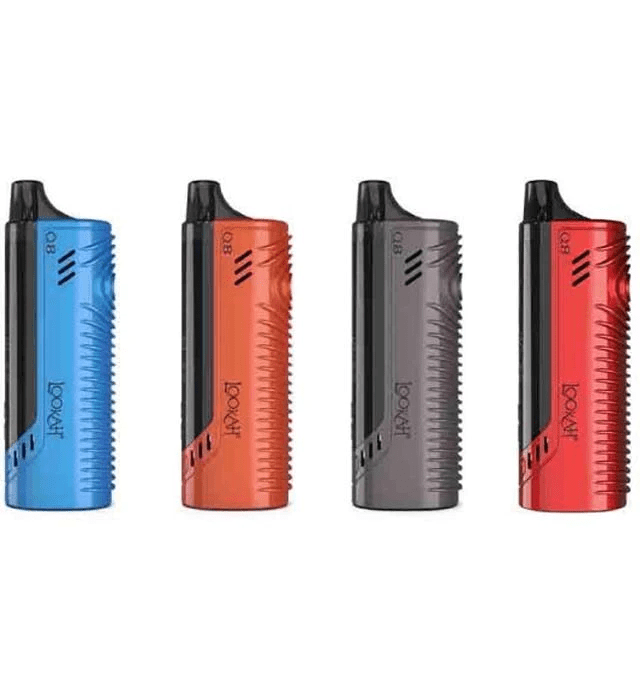Flanged immersion heaters are popular for heating gases and liquids like water, oil, heat transfer fluid, and corrosive solutions. This flanged immersion heater, typically composed of an ANSI-rated flange with one or more hairpins or hairpin tubular elements extending from the front of the flange, provides direct heat to the liquid phase. Options for the sheath and flange of the heating elements, operating voltages, power (kilowatt) ratings, and temperature ranges are available for flanged immersion heaters. Terminal box-based flanged heaters come in various varieties, making them ideal for applications requiring humidified heat or damp operating conditions. Every variety is designed for a particular use.
How do you choose the proper flanged immersion heater for your business?
Select the appropriate sheath material.
Selecting the appropriate heater sheath material for a particular fluid is relatively easy.
Corrosion resistance is a general requirement for appropriate sheath materials. The amount of aeration a corrodent is exposed to, its velocity, and the temperature of the corroding material all influence this. To increase their resistance to corrosion, heater surfaces that come into contact with the material being heated may be electropolished.
Calculate the watt density
Set your flanged immersion heater to its maximum power output to reduce localized overheating of the heated liquid.
Picking the proper watt density requires taking into account several factors. Among them are
- Numerous materials are heat-sensitive and may degrade or be damaged if the element becomes too hot.
- Weak heat conductors, like air and other gases, need watt densities appropriate for the gas flow velocity to prevent element overheating.
- Mineral deposits on the element’s sheath can form when hard water and cleaning solutions are heated. These deposits raise the element’s interior temperature, which acts as a heat insulator.
A lower watt density element should be utilized if these deposits are not regularly removed.
Choose according to wattage
Next, confirm that your heater can generate enough heat to reach the proper temperature for your liquid in the allotted amount of time. Furthermore, while figuring out the sheath material and watt density is simple, figuring out your wattage involves some severe maths.
Fortunately, wattage calculators simplify the process, and you don’t need to perform any of that. Enter the specifics of your application, such as tank volume and size and liquid used, and the calculator will calculate the required watts.
Identify the terminal housing
The housing at the terminal is crucial. Its multiple connections enable the use of similar housing components with built-in strain relief and locking.
Selecting the appropriate terminal housing allows the heater to operate at its best.
How are flanged immersion heaters installed?
Flanged Immersion Heaters are positioned horizontally close to the bottom of the reservoir or tank. When energized, the heated parts of the heater elements need to stay fully submerged and flooded. The heater’s cold section needs to reach into the liquid being heated. Because of the high sheath temperature, the heater may overheat, damage the elements, tank, or fluid being heated, and pose a potential safety hazard. Optional thermostats, thermocouples, and over-temperature cut-out devices with the desired temperature controls are available.
In which industries are flanged immersion heaters used?
Flanged immersion heaters are utilized across diverse industries for specific purposes:
Oil Industry: They’re used in heating oil for various processes like refining, extraction, or maintaining viscosity for efficient use.
Biodiesel Production: Helps in heating during biodiesel manufacturing, where precise temperatures are critical for the reaction.
Tire Industry: Used in various stages of tire production where controlled heating is needed, such as curing or molding rubber.
Chiller Systems: These heaters assist in maintaining consistent temperatures in chiller systems, which is crucial for efficient cooling in industrial settings.
Food Industry: Immersion heaters are employed for various tasks like maintaining cooking, processing, or heating temperatures in food production facilities.
Parts Cleaning and Degreasing: In industrial cleaning processes, these heaters aid in heating solutions to effectively clean or degrease parts and components.
Bottle Washing: Used to heat water or cleaning solutions in bottle washing systems, ensuring cleanliness and sterilization.
Paving and Construction Equipment: In construction, these heaters assist in maintaining materials like asphalt or bitumen at specific temperatures for application.
Chemical Industry: In chemical processing, they play a role in heating substances for reactions, maintaining specific temperatures critical for processes.
Electroplating: Immersion heaters help heat plating solutions for electroplating processes, ensuring even surface coating.
Pet Food Production: Used for heating and processing in the production of pet foods, ensuring quality and safety standards are met.
Summary
Flanged immersion heaters are indispensable components across various industries, providing precise and controlled heating solutions vital for diverse processes.
With its commitment to innovation and excellence, Marathon Heater India Private Limited stands at the forefront of delivering reliable and high-performance flanged immersion heaters. Their dedication to engineering solutions that cater to the unique needs of industries reflects their expertise and reliability in providing heating solutions that drive industrial processes forward. As industries continue to evolve, flanged immersion heaters from these companies remain integral in powering these advancements, ensuring optimal performance, and contributing significantly to industrial success.



